Author: Mike Neville
As the Oregon-grown version of the classic British variety, East Kent Goldings (EKG), Sonnet hops arguably put on display the impact terroir has on hop characteristics. Said to impart beer with floral, citrus, and honeysuckle notes, Sonnet is a variety that’s suited for a fairly wide variety of beer styles.
Alpha: 4.5 – 4.7%
Beta: 3.2 – 3.7%
Cohumulone: unknown
Total Oil: 0.5 – 1.0 mL/100g
Myrcene: unknown
Humulene: unknown
Caryophyllene: unknown
Farnesene: unknown
Linalool: unknown
Geraniol: unknown
ß-Pinene: unknown
Parentage: Oregon-grown East Kent Golding
I have quite a bit of experience with EKG, as it has been the feature hop in a number of British beers I’ve brewed over the years. While I’d never used Sonnet, I was excited to learn more about this Oregon-grown version of a classic variety!
| MAKING THE BEER |
Starting with our standard Hop Chronicles Pale Ale recipe, I made adjustments to the kettle hop additions to ensure a proper level of bitterness.
Sonnet Pale Ale
Recipe Details
| Batch Size | Boil Time | IBU | SRM | Est. OG | Est. FG | ABV |
|---|---|---|---|---|---|---|
| 5.5 gal | 60 min | 41.6 | 4.2 SRM | 1.053 | 1.006 | 6.17 % |
| Actuals | 1.053 | 1.006 | 6.17 % | |||
Fermentables
| Name | Amount | % |
|---|---|---|
| Pale Malt 2-Row | 10 lbs | 83.33 |
| Vienna Malt | 2 lbs | 16.67 |
Hops
| Name | Amount | Time | Use | Form | Alpha % |
|---|---|---|---|---|---|
| Sonnet | 28 g | 60 min | Boil | Pellet | 5.4 |
| Sonnet | 28 g | 20 min | Boil | Pellet | 5.4 |
| Sonnet | 28 g | 10 min | Boil | Pellet | 5.4 |
| Sonnet | 28 g | 5 min | Boil | Pellet | 5.4 |
| Sonnet | 57 g | 2 min | Boil | Pellet | 5.4 |
| Sonnet | 57 g | 4 days | Dry Hop | Pellet | 5.4 |
Yeast
| Name | Lab | Attenuation | Temperature |
|---|---|---|---|
| Flagship (A07) | Imperial Yeast | 77% | 32°F - 32°F |
Notes
| Water Profile: Ca 125 | Mg 20 | Na 8 | SO4 310 | Cl 56 |
Download
| Download this recipe's BeerXML file |
After collecting the full volume of water, adjusting it to my desired profile, and getting it heating up, I weighed out and milled the grain.
When the water was properly heated, I incorporated the grains and set the controller to maintain my desired mash temperature of 152°F/67°C.
During the mash rest, I prepared the kettle hop additions.
Once the 60 minute mash was complete, I removed the grains and proceeded to boil for 60 minutes, adding hops at the times stated in the recipe.
When the boil was complete, I used my King Cobra IC to quickly chill the wort.
A refractometer reading showed the wort was at my target OG.

After transferring the wort to a sanitized fermented, I direct pitched a single pouch of Imperial Yeast A07 Flagship.
The beer was left to ferment at 68°F/20°C for 8 days before I took a hydrometer measurement confirming FG was reached.

With fermentation complete, I cold-crashed the beer for 24 hours then pressure-transferred it to a CO2 purged keg, which was placed in my keezer and burst carbonated overnight before the gas was reduced to serving pressure. After a week of conditioning, it was ready to serve to blind tasters.
| METHOD |
Participants were instructed to focus only on the aromatic qualities of the beer before evaluating the flavor. For each aroma and flavor descriptor, tasters were asked to write-in the perceived strength of that particular characteristic on a 0-9 scale where a rating of 0 meant they did not perceive the character at all and a 9 rating meant the character was extremely strong. Once the data was collected, the average rating of each aroma and flavor descriptor was compiled and analyzed.
| RESULTS |
Special thanks to the FORD Homebrew Club for taking part in this tasting. A total of 30 people participated in the evaluation of this beer, all blind to the hop variety used until after they completed the survey. The average aroma and flavor ratings for each descriptor were plotted on a radar graph.
Average Ratings of Aroma and Flavor Perceptions
The 3 characteristics endorsed as being most prominent by participants:
| Aroma | Flavor |
| Tropical Fruit | Citrus |
| Citrus | Tropical Fruit + Dank/Catty (tie) |
| Apple/Pear | Resinous |
The 3 characteristics endorsed as being least prominent by participants:
| Aroma | Flavor |
| Onion/Garlic | Onion/Garlic |
| Floral | Berry |
| Grassy | Apple/Pear + Melon (tie) |
Next, participants were asked to rate the pungency/strength of the hop.
Tasters were then instructed to identify beer styles they thought the hop would work well in.
Finally, participants were asked to rate how much they enjoyed the hop character on a 1 to 10 scale.
My Impressions: To my palate, the most prominent aroma and flavor characteristics in this beer were pineapple and dank pine with hints of low citrus in the background. As far as single-hop beers go, this one was pretty good!
| CONCLUSION |
While most modern hops are bred by crossing different varieties, some are simply existing varieties grown in a new environment. Such is the case for Sonnet, an Oregon-grown version of EKG that’s known to contribute its own unique characteristics to beer.
The most prominent characteristics noted by tasters of a Pale Ale hopped solely with Sonnet were citrus and tropical fruit, with noticeable amounts of dank/catty and resinous notes coming through in the flavor. Interestingly, floral was one of the lowest rated aroma characteristics, which goes against existing descriptors. With a majority of tasters rating the hop pungency in this beers as being moderate to strong, it’s no surprise most felt it would work well in hoppier beers, though styles such as American Wheat Beer, Saison, and Amber Ale were also endorsed.
Overall, it seemed tasters were generally pleased with this Sonnet Pale Ale, which I personally felt contributed much stronger citrus and resinous than I’ve ever gotten from EKG. As nicely as Sonnet worked on its own, I look forward to seeing how it plays with New World and classic “C hops” in the future.
Sonnet hops are available now at Yakima Valley Hops, get some while you can! If you have any thoughts on this variety, please feel free to share them in the comments section below.
Support Brülosophy In Style!
All designs are available in various colors and sizes on Amazon!
Follow Brülosophy on:
FACEBOOK | TWITTER | INSTAGRAM
If you enjoy this stuff and feel compelled to support Brulosophy.com, please check out the Support page for details on how you can very easily do so. Thanks!



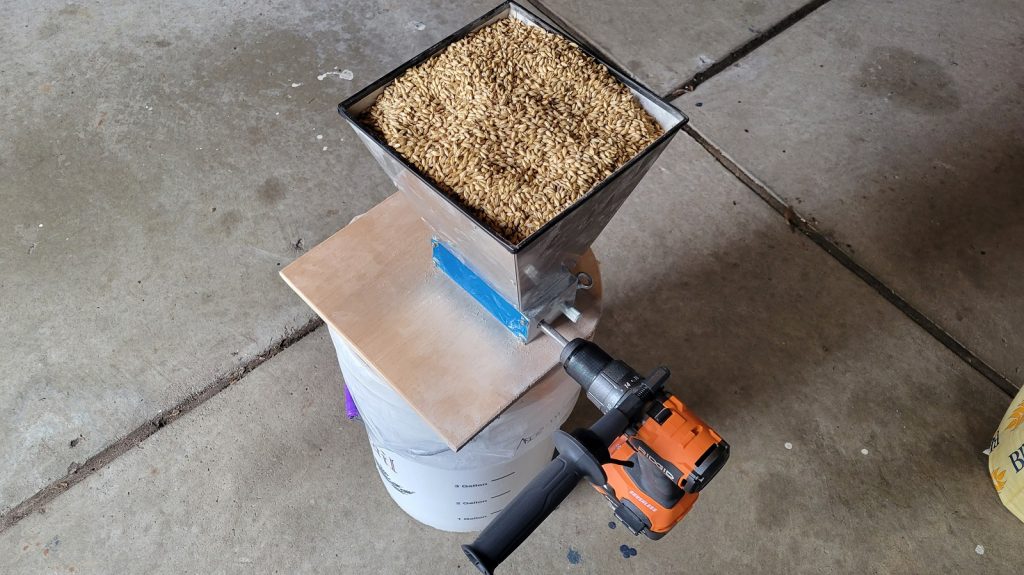
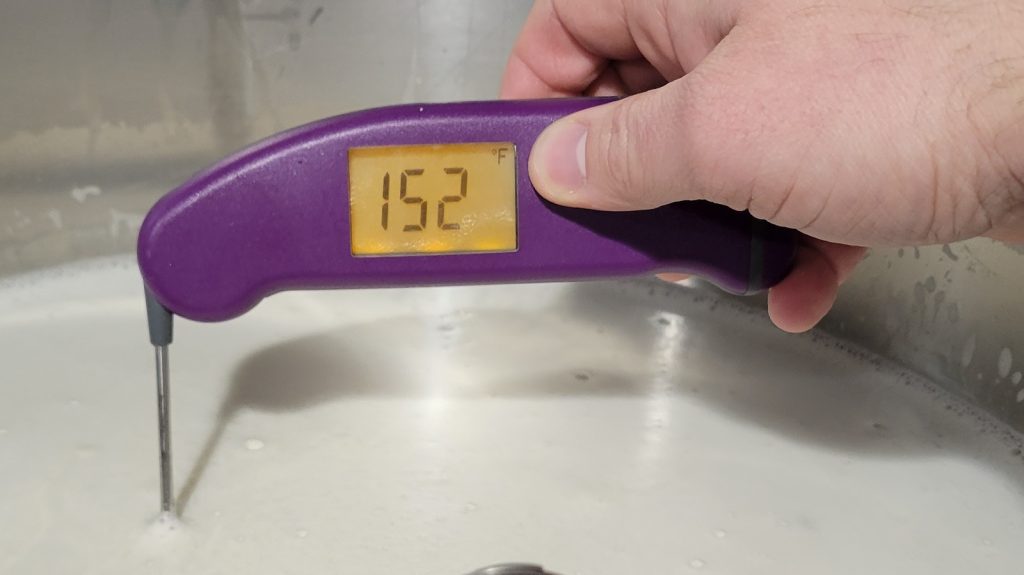
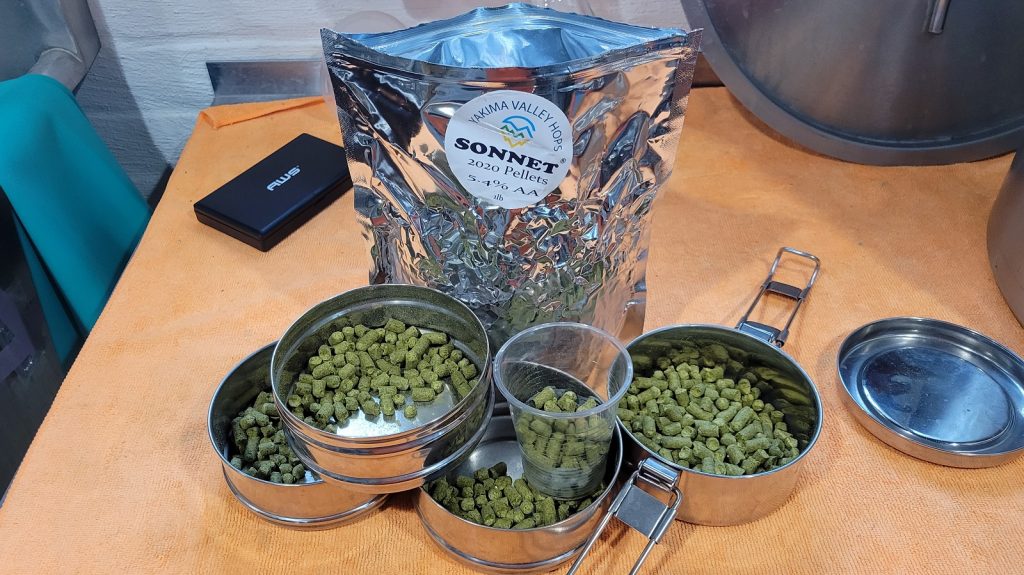
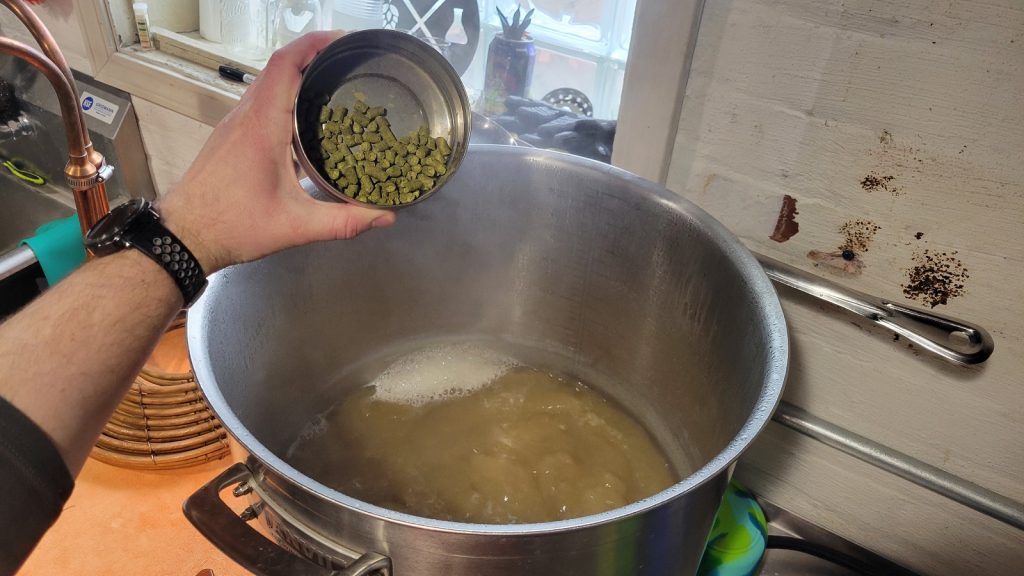
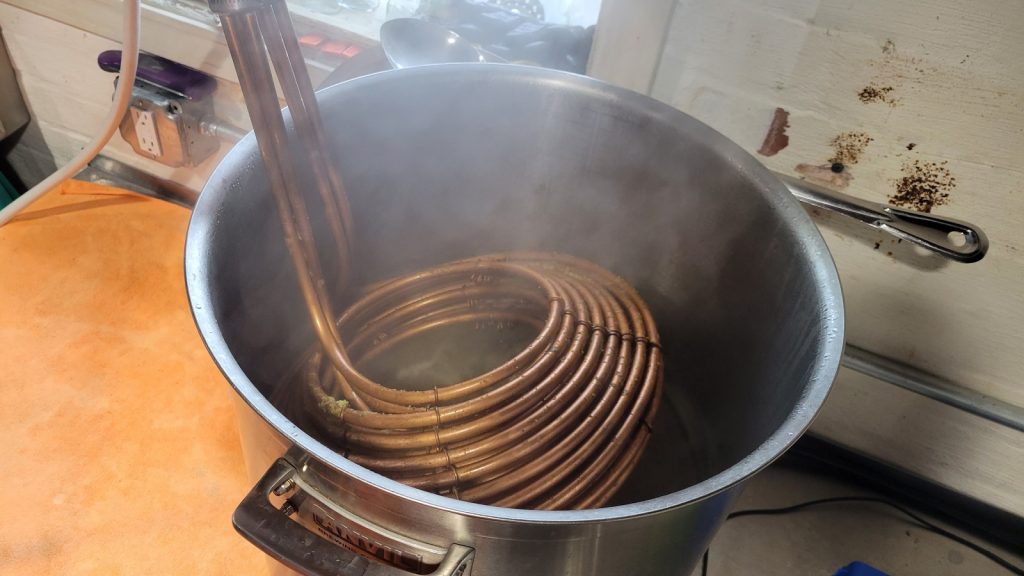

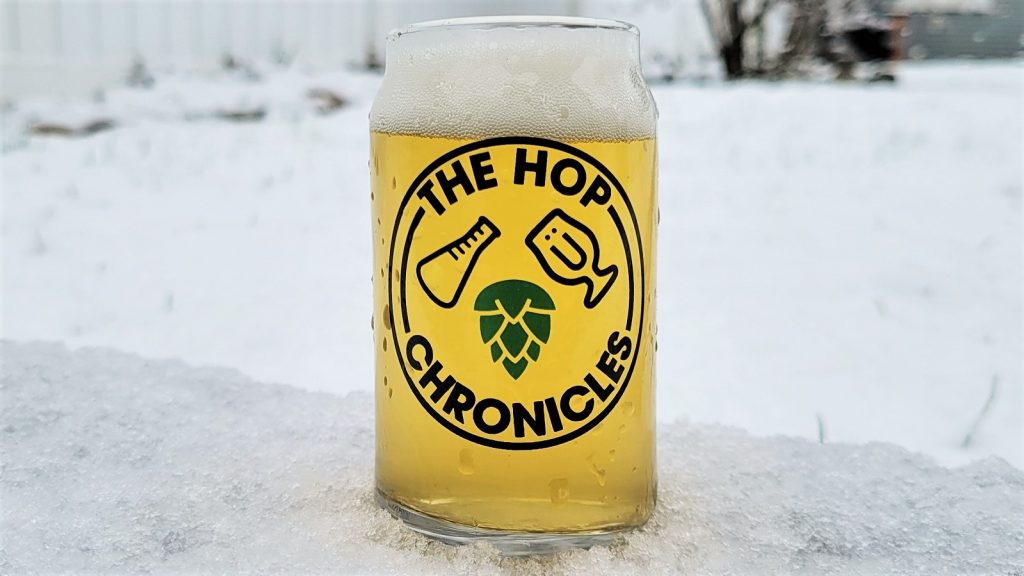

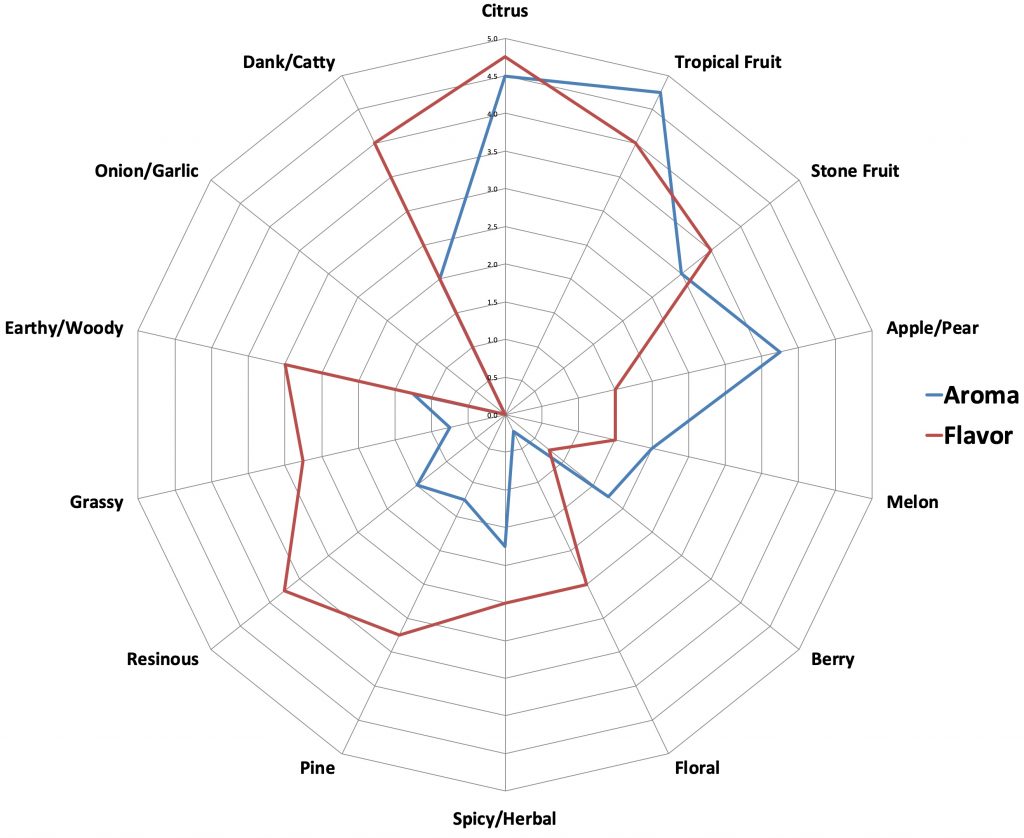
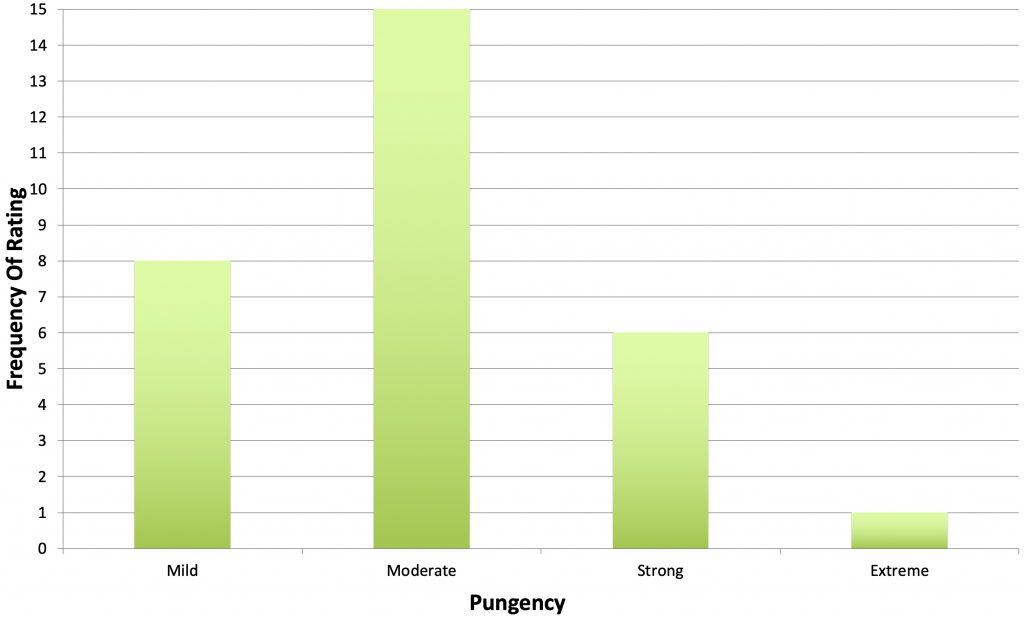
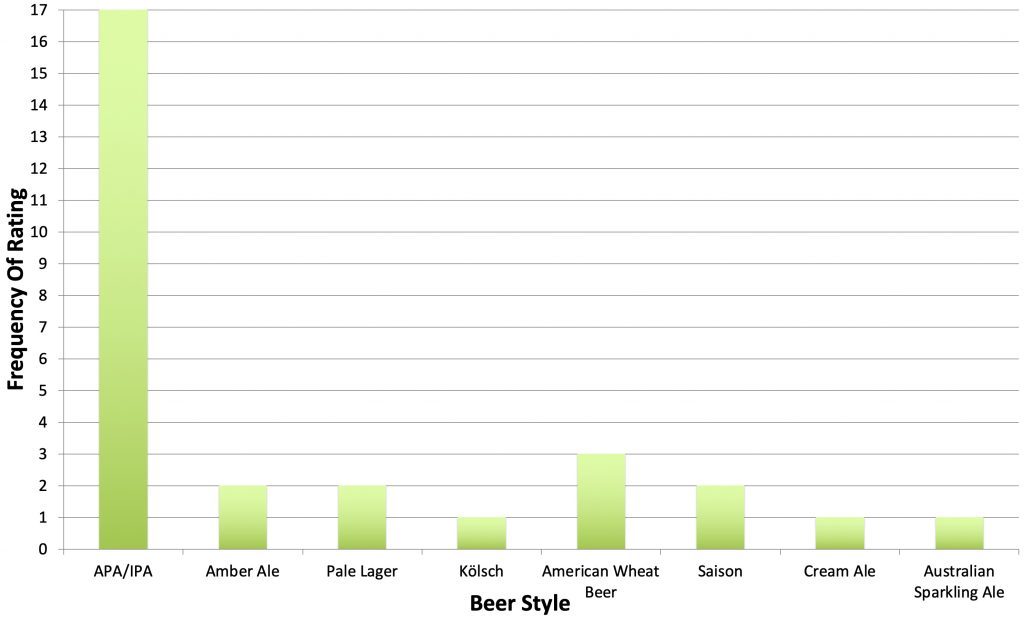
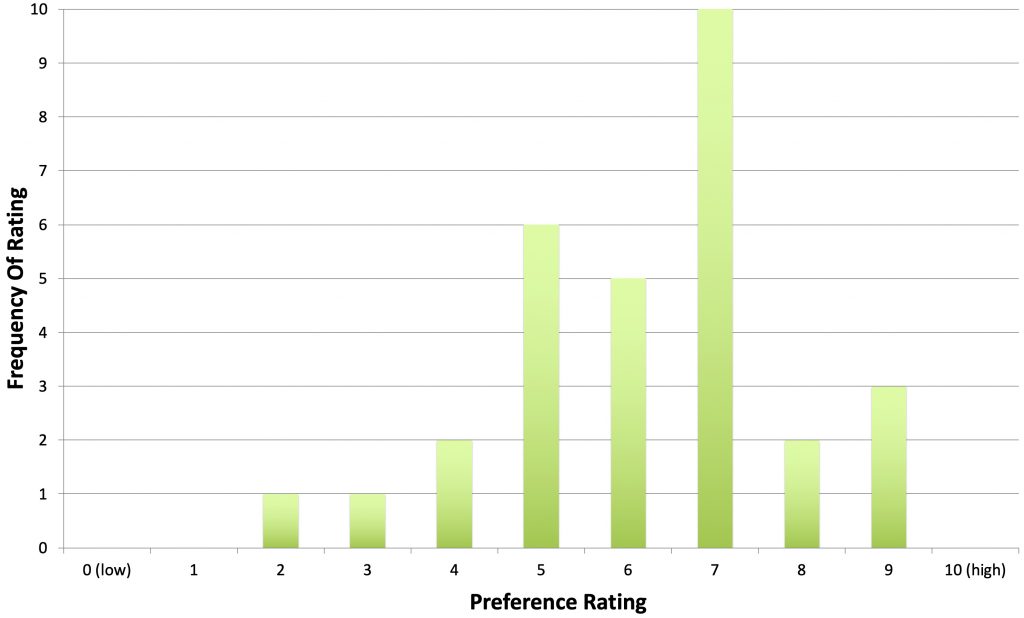






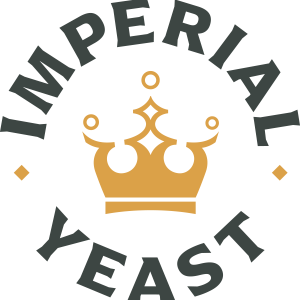

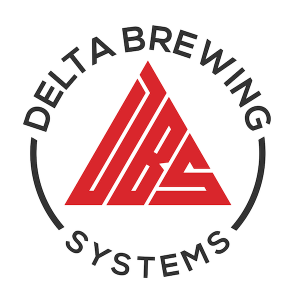


3 thoughts on “The Hop Chronicles | Sonnet (2020) Pale Ale”
the link embedded in your merchandise (t-shirt picture) doesn’t work.
Does A07 typically ferment out that much for you? Your numbers suggest an 89% attenuation. Thanks for the writeup!
Yeah, looking back on past batches with A07, everything has fermented down to 1.010 or lower. A lot of batches in the 1.006 to 1.008 range.